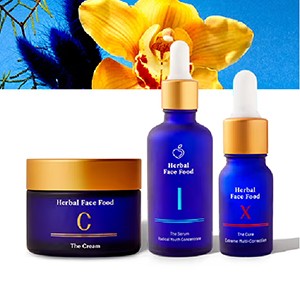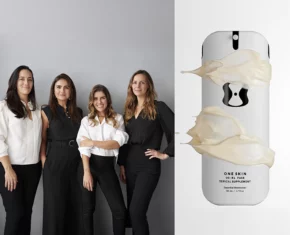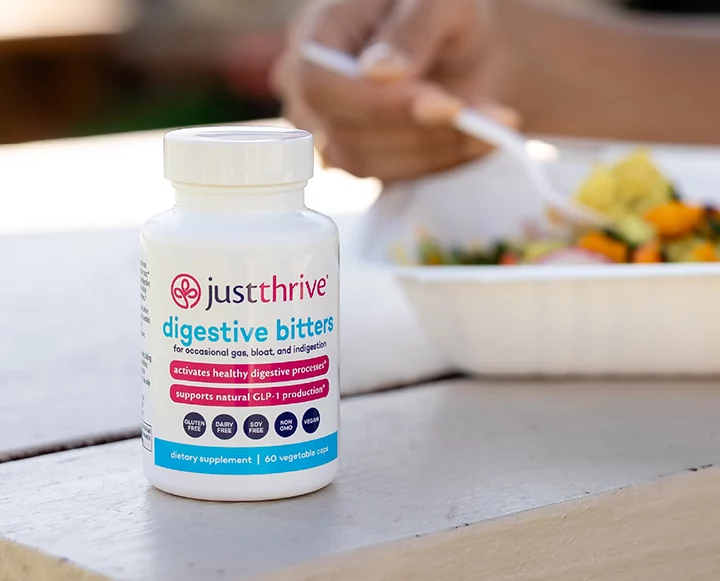Most of us are still warming to the idea that we truly are what we eat. And while many may dismiss celebrity spotlights such as Gisele and Tom’s ‘unique’ diet, we’re zoning in and dissecting every last detail and benefit.
One of the many things that Tom and Gisele have cut from their diet are nightshade veggies – think eggplants, tomatoes and other common staples. We’ve heard a lot of hubbub on the topic of these controversial vegetables and wanted to get our facts straight. We’ve enlisted the expert advice of acupuncturist and herbalist, Jetta Harris LAc, founder of Santa Barbara Family Wellness to gain a little perspective when it comes to pros and cons of nightshades and if they’re really better left out of our diets. Here’s Jetta…
“Let food be thy medicine…” We’ve heard it before, and it is still as true as the day Hippocrates made this statement. In many healing traditions, from Ayurveda to Traditional Chinese or Oriental Medicine (TCM or OM), practitioners utilize food as means for bringing balance and health to their patients. As an acupuncturist, nutrition is an integral part of patient treatment plans. From pain to hormone imbalances to anxiety and depression, food is key. We are what we eat, whether we like it or not. As often as I encourage the addition of beneficial foods in to nutritional repertoires, knowing which foods and ingredients to steer clear of is also a key factor in reaching health goals.
Nightshades have gained attention with the recent and ever growing whole food, real food movements. Not to mention a recent article about the eating habits of a couple you may have heard of – Tom and Gisele. With millions turning toward Paleo, Whole30 and the like for improved health and relief from a wide range of ailments, so too has the rise in various recommendations of foods to include or exclude. Autoimmune and inflammatory disease protocols place nightshades in the exclude category. So what’s all the hype?
What are nightshades: Plants belonging to the botanical family, Solanaceae, are commonly known as “nighshades.” There are well over two thousand different plants belonging to this group. Many of these plants are considered poisonous. Ever heard of jimsonweed and belladonna? However, a handful of plants in this family are also part of our modern lives, appearing on our plates and in ingredient lists from food to beauty products. These include:
– tomatoes
– potatoes (not sweet potatoes)
– tomatillos
– peppers (not black pepper)
– chilies
– ashwaganda
– goji berries
– eggplant
– tobacco
What’s so bad about these plants?
These plants share a chemical make-up, which is part of what places them in their respective botanical family. Solanine, lectin, saponins and capsaicin are found in nightshades, but not all nightshades contain each of these. It is not quite clear exactly which compound is the “bad guy” just yet. Symptoms of nightshade sensitivity have been reported and include pain (i.e. arthritic and/or joint pain), diarrhea, headaches, nausea, vomiting and even poor focus.
Some sources cite solanine as the source of the plants’ undesirable side effects, and inspired their genus name. It is a calcium inhibitor, making it not so great for those with arthritic disorders. Ever wonder why your mother told you to avoid eating sprouting or green skinned potatoes? That’s right, Solanine content is higher when that is going on and can really cause an upset stomach. (Go ahead. Thank her. I’ll wait here.)
Other sources point to the other three compounds: lectin, saponins and capsaicin – all of which are said to increase gut permeability resulting in what is referred to as “leaky gut.” Lectins are actually found in all plants; however there is a broad range and their effects vary just as much. The lectins found in nightshades, especially tomatoes, are believed to increase inflammation and gut permeability specifically. Despite being used successfully as steroidal therapies for generations, saponins and capsaicin can have similar negative effects on the gut and inflammatory response of the body. Capsaicin is what gives peppers and chilies the heat and spice they’re known for. From a traditional Chinese medicine perspective, that also means they add heat to the body, and that is not the best for combating inflammation.
Too much of a good thing? It is possible. All in all, with regular or excessive consumption of these compounds, increased inflammation and dysfunction in the digestive system may occur. Specifically, those with autoimmune and/or arthritic disorders are especially susceptible to these complications as they are often already in a state of heightened inflammation.
What does this mean for you?
Don’t get ahead of yourself and start swearing off nightshades just yet. There is hope you might enjoy a good salsa again. As we know, our body’s reactions to certain foods, medications and environmental factors differ individual to individual. As such, every body may not need to avoid nightshades. Or, perhaps, it is one specific item. Ultimately, if you think this may be a path you would like to explore, discussing this, or any other sort of elimination diet, with a healthcare professional as a part of care under their supervision is recommended. I find that herbs and routine acupuncture treatments are especially beneficial when patients are exploring dietary changes, to help with changes in mood, sleep, complexion and pain.
Here is how to figure out what is best for you:
How to Tell if Nightshades Work for You
Test period:
Eliminate plants and foods in the nightshade family from diet, supplements and hygiene products for 4-6 weeks.
Read the labels:
Pay special attention to labels that mention “spices” or are blends of spices, as these often contain paprika and other chiles.
Reintroduce:
After the allotted period, slow reintroduction can be attempted. This is done by adding the items back in to your diet one at a time, with a day or two between each addition. This will allow for the reappearance, increased severity or even appearance of new symptoms that were absent or improved during the elimination period.
Evaluate:
Then evaluate the results and adjust accordingly. Just know it is common for tomatoes and peppers to unsuccessfully be reintroduced for those with autoimmune disorders or arthritic pain.












